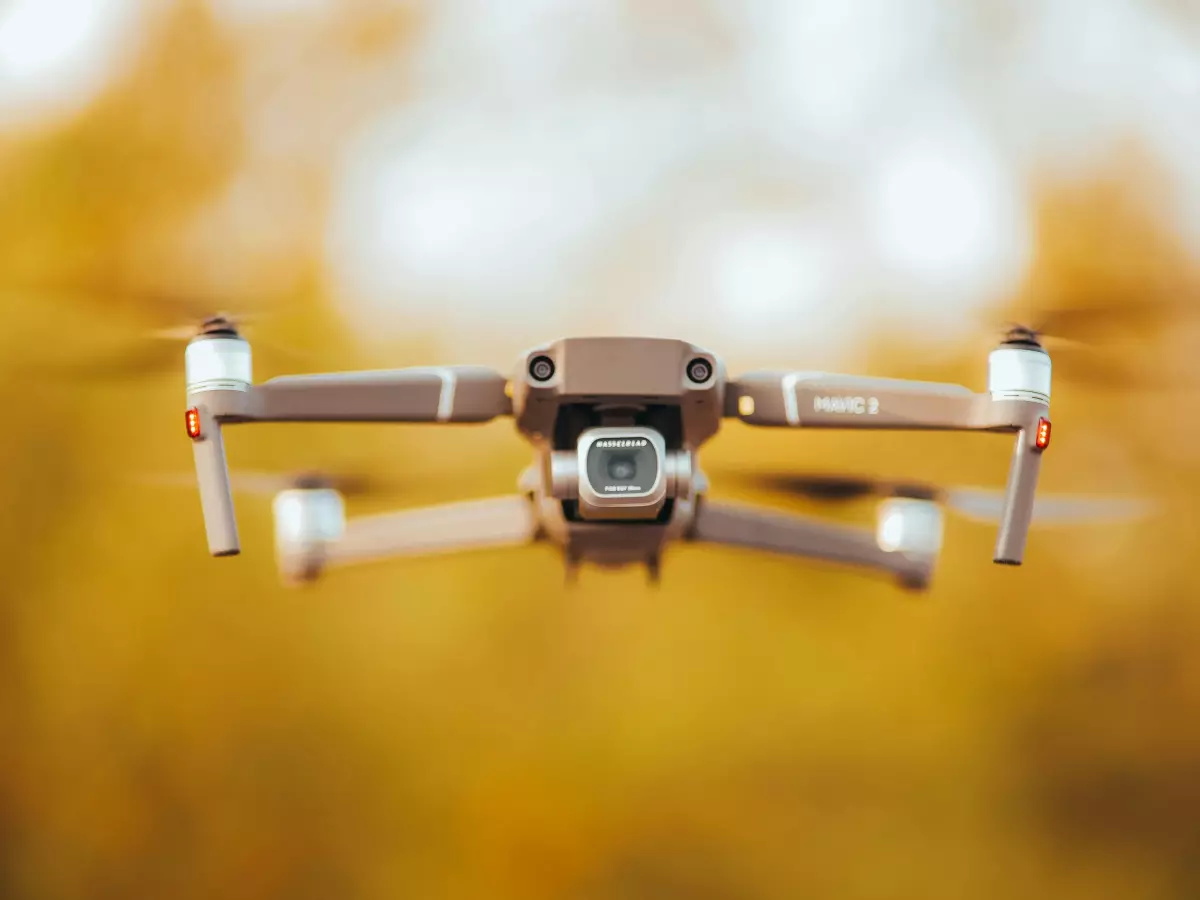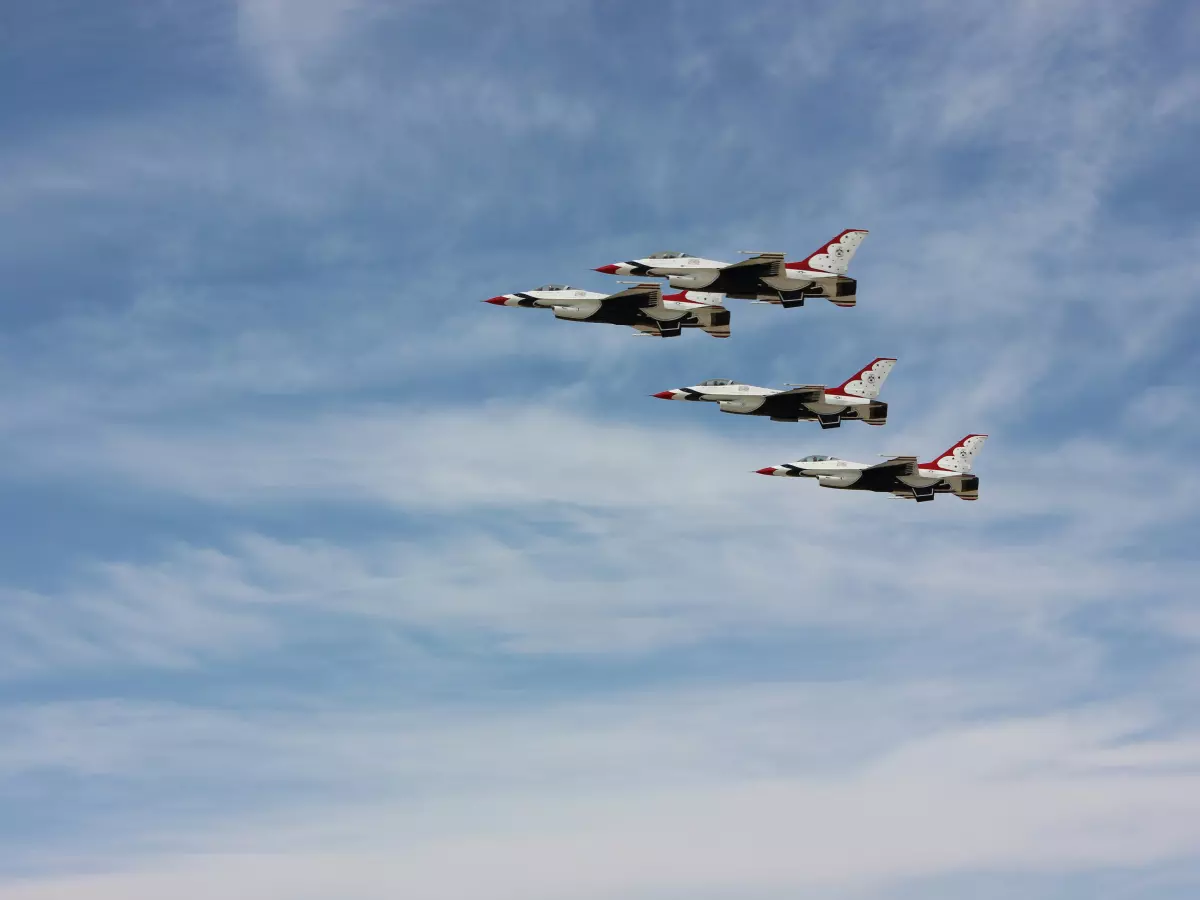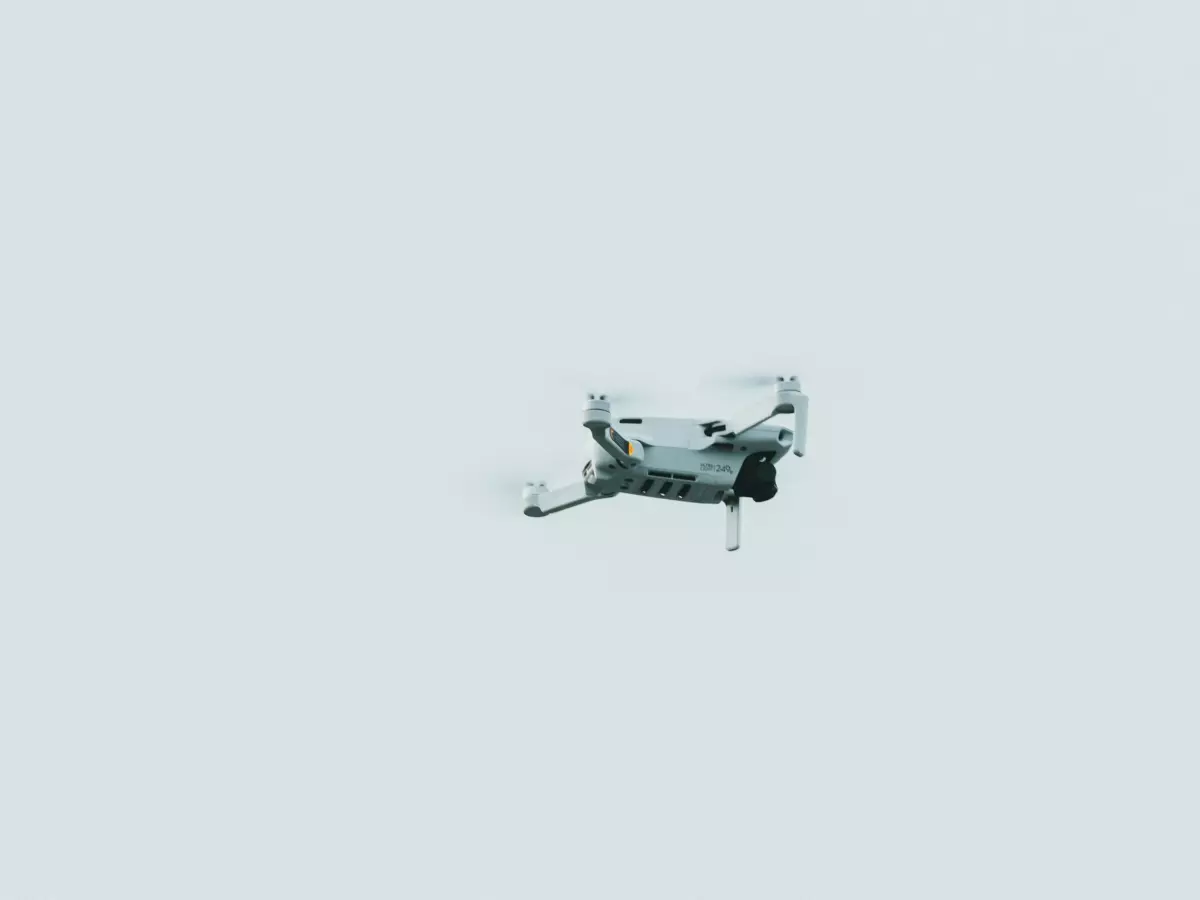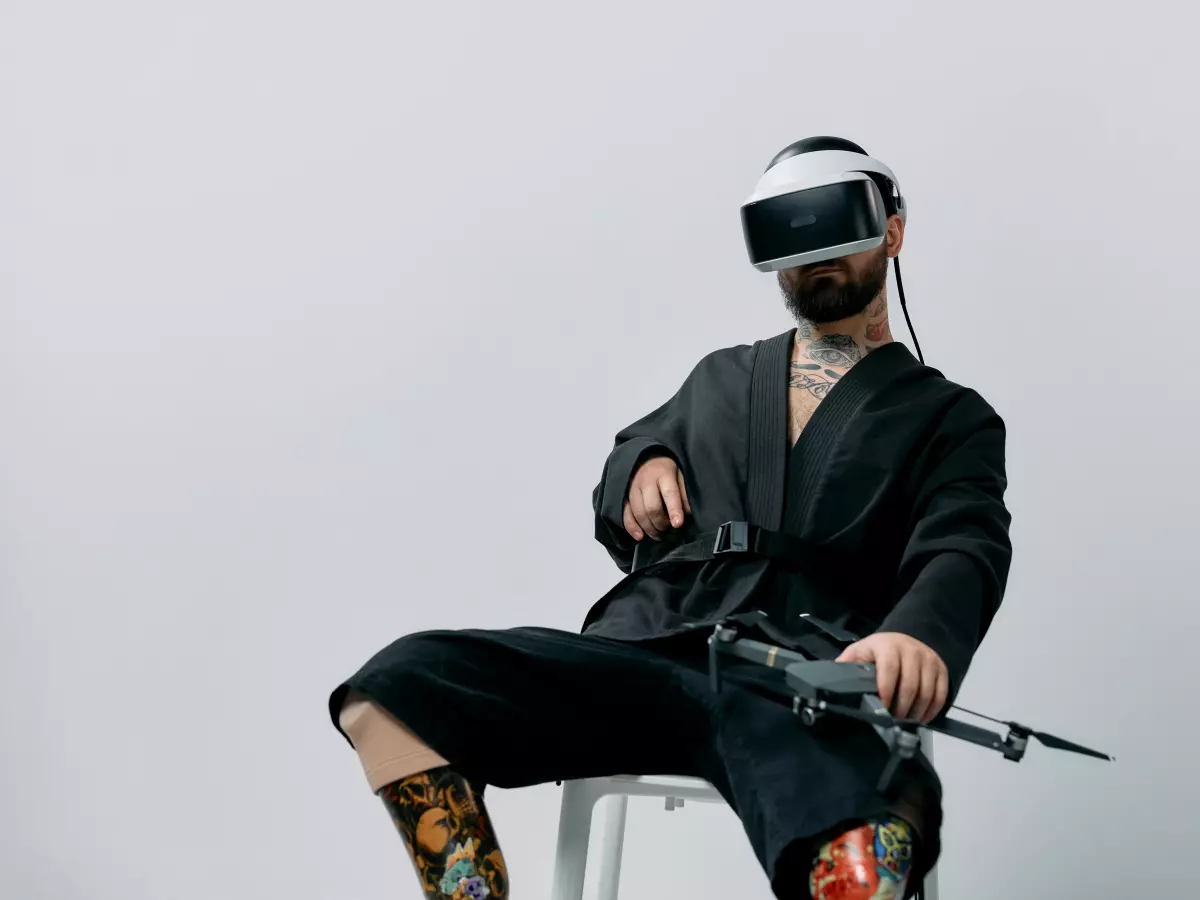Beyond the Basics
"The future belongs to those who prepare for it today." — Malcolm X
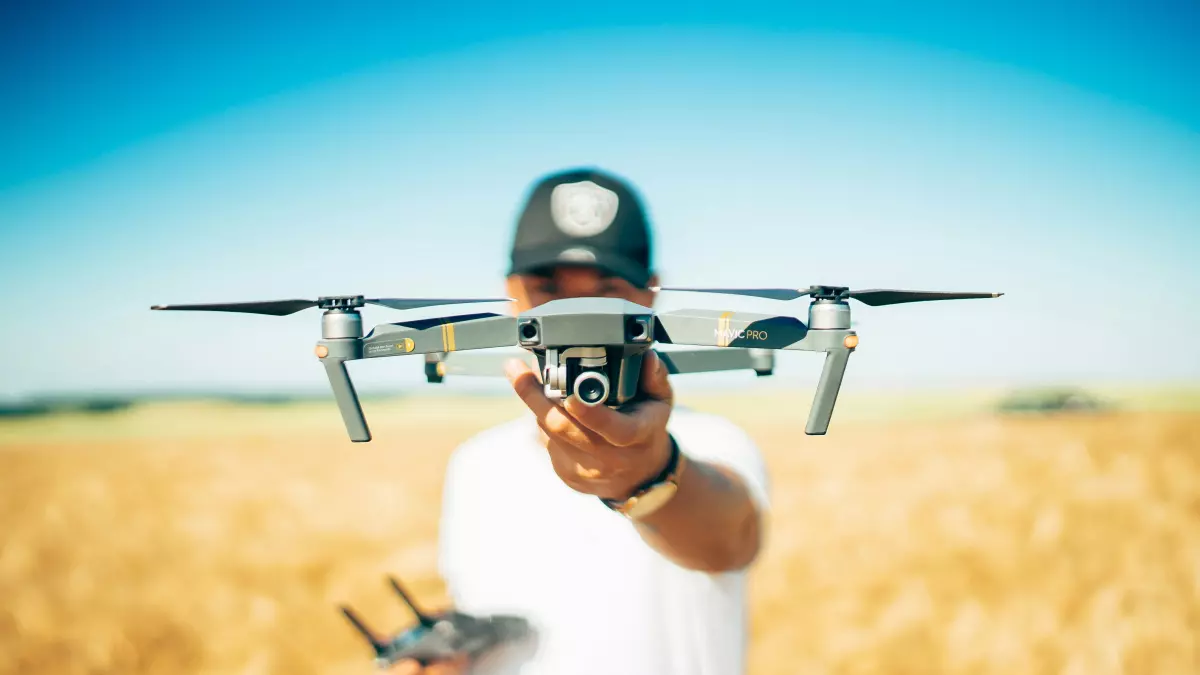
By Dylan Cooper
Back in the early 2000s, drones were mostly glorified remote-controlled toys. Sure, they could fly, but they were limited to basic maneuvers, and every move was dictated by a human operator. Fast forward to today, and drones have evolved into highly autonomous machines capable of navigating complex environments, making real-time decisions, and even collaborating with other drones. How did we get here? The answer lies in the marriage of flight control software, sensor fusion, and autonomy.
In the early days, drone flight control was all about stabilization. Keeping the drone in the air was the main challenge, and software was designed to handle basic tasks like maintaining altitude and responding to joystick inputs. But as drones became more sophisticated, the need for more advanced flight control systems emerged. Enter sensor fusion—the process of combining data from multiple sensors to create a more accurate understanding of the drone's environment. This was a game-changer.
Flight Control Software: The Brain of the Drone
Flight control software is essentially the brain of the drone. It processes data from various sensors, such as GPS, gyroscopes, accelerometers, and cameras, to keep the drone stable and on course. In the past, this software was fairly rudimentary, focusing mainly on basic flight mechanics. But as drones became more complex, so did the software.
Modern flight control systems are capable of handling much more than just keeping the drone in the air. They can manage complex flight paths, avoid obstacles, and even perform pre-programmed tasks autonomously. This is where autonomy starts to come into play. The drone is no longer just a flying machine; it's a decision-making entity.
Sensor Fusion: The Eyes and Ears
Sensor fusion is the process of combining data from multiple sensors to create a more accurate picture of the drone's surroundings. Think of it as the drone's eyes and ears. Without sensor fusion, the drone would be flying blind, relying on a single sensor to make decisions. But with sensor fusion, the drone can gather data from multiple sources—such as GPS, cameras, and LiDAR—and use that information to navigate more effectively.
For example, a drone equipped with sensor fusion can use GPS data to determine its location, while simultaneously using camera data to avoid obstacles. The result is a much more accurate and reliable system that can operate in complex environments without human intervention.
Autonomy: The Future of Drones
So, how do flight control software and sensor fusion work together to create autonomy? It's all about data processing. The flight control software takes the data from the sensors and uses it to make real-time decisions. For example, if the drone detects an obstacle in its path, the flight control software can adjust the drone's course to avoid it. This level of autonomy is what sets modern drones apart from their predecessors.
But we're not stopping here. The future of drone autonomy is even more exciting. Researchers are working on systems that allow drones to collaborate with each other, share data, and make collective decisions. Imagine a swarm of drones working together to complete a task, with each drone contributing its own data to the group. This is the future of drone autonomy, and it's closer than you might think.
Wrapping It Up
In summary, the evolution of drone autonomy has been driven by advances in flight control software and sensor fusion. These two systems work together to create drones that are not only capable of flying but also of making real-time decisions and navigating complex environments. As we look to the future, the possibilities for drone autonomy are endless. From swarms of drones working together to fully autonomous delivery systems, the sky is quite literally the limit.
